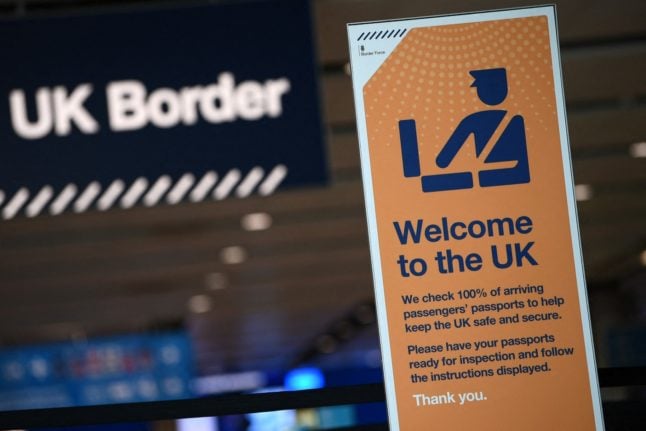Cheaper train tickets for students and children
Train tickets for students and children will be made cheaper in Norway from October 1st as part of a government initiative.
Students will also receive a discount on both single tickets and period tickets.
The new discount will apply to long-distance and regional trains on all journeys not covered by route, fare, or ticket cooperation. The Bergen-Arna, Oslo-Lillestrøm, Stavanger-Sandnes, and Trondheim-Værnes routes are examples of journeys where the new discounts won’t be available.
Price of monthly travel card in Oslo to be cut
For those who travel in Zone 1, the cost of a monthly travel ticket in Oslo has been cut by 150 kroner.
The cost of a monthly ticket was cut to 747 kroner, down from 897 kroner, on September 1st.
Tickets for students and seniors have also been reduced. Students will pay 448 kroner for a ticket, while the elderly will be charged 374 for a monthly pass.
More information on how the tourist tax will work
Norway’s government will submit two proposals that will impact the country’s tourism industry during the autumn.
The first will be a visitor’s contribution or tourist tax. A potential tourist tax has long been promised by the current government as part of the Hurdal Agreement it was formed on in 2021.
Some regions are keen for a tourist tax to be introduced as the upkeep of attractions, maintenance of key hiking trails and dealing with the pollution and litter caused by visitors typically come out of small municipal coffers.
Another proposal will see the guides require certification to use the job title.
READ MORE: Norway’s government announces plans for tourist tax and guide certification
New flight routes to Norway
EasyJet will launch several new routes to and from Norway this autumn. Flights to Oslo from Manchester will begin on November 15th, and a new route between Liverpool and the Norwegian capital will take off on November 29th. There will be two flights per week between the two English cities and Oslo, one on Mondays and one on Fridays.
There will also be Easyjet flights between Milan Malpensa and Charles De Gaule this autumn.
The Oslo connections come in addition to seven new routes the airline has planned from the Arctic capital of Tromsø. The new Tromsø routes will connect northern Norway to London-Gatwick, Manchester, Paris-CDG, Milan-Malpensa, Bristol, Geneva, and Amsterdam.
There will also be a new British Airways flight between London Heathrow and Tromsø this winter.
EU’s EES system
The biggest travel change to those flying in and out of the country will be the EES system that will come into effect on Sunday, November 10th.
From that date, anyone entering or exiting the EU or Schengen zone (except exempt groups) will have to complete a pre-registration form, providing details such as a name and date of birth and also providing biometric data—specifically fingerprints and a facial scan.
These will be used for two things: tighter security checks on passports and automatic counting of the 90-days of visa-free travel that some non-EU citizens are allowed within the EU/Shengen zone.
Once EES is up and running and the main problems have (ideally) been ironed out, the EU plans to unroll the second change – ETIAS.
READ ALSO: Who in Norway will be exempt from Europe’s new EES passport checks?
Change to EVs in public transport lanes around Oslo
The decision to shunt electric vehicles out of the public transport lanes on the E18 west of Oslo has been partially reversed.
EVs are now able to use public transport lanes between Asker and Lysaker on weekends.
Norway’s government has also said it would open a stretch of the E6 from the north to the south of Oslo for electric cars.



 Please whitelist us to continue reading.
Please whitelist us to continue reading.
Member comments